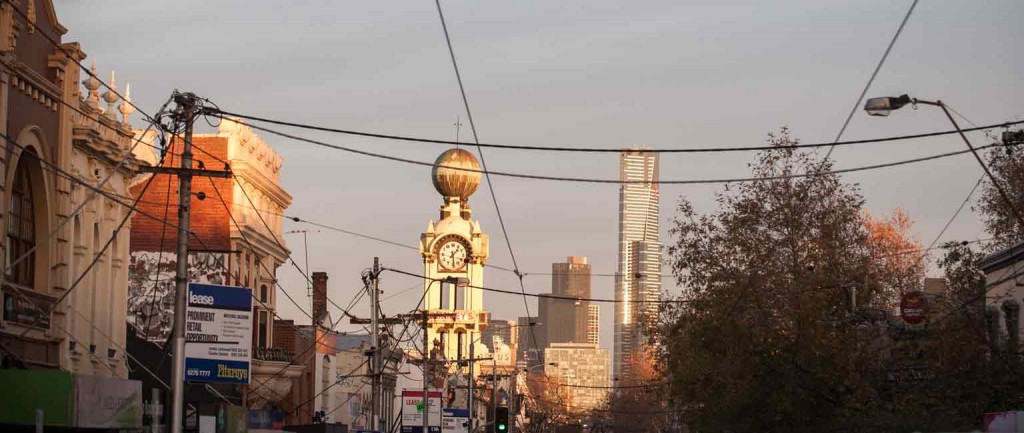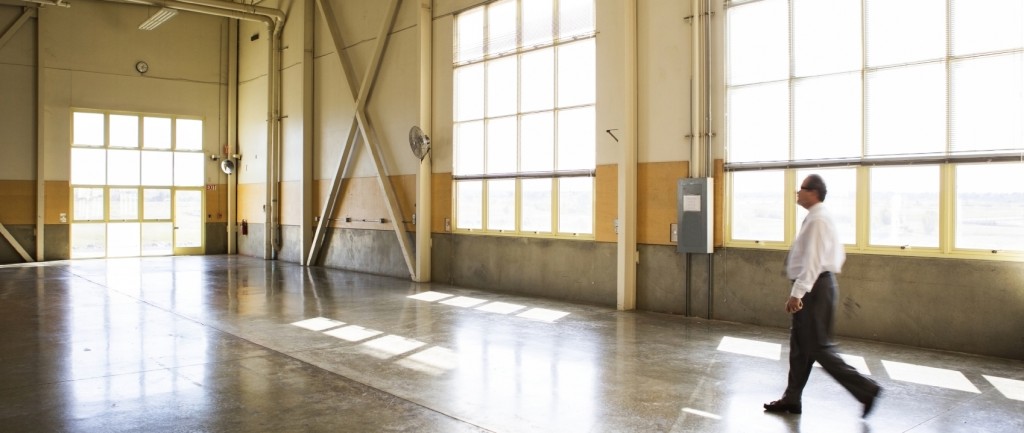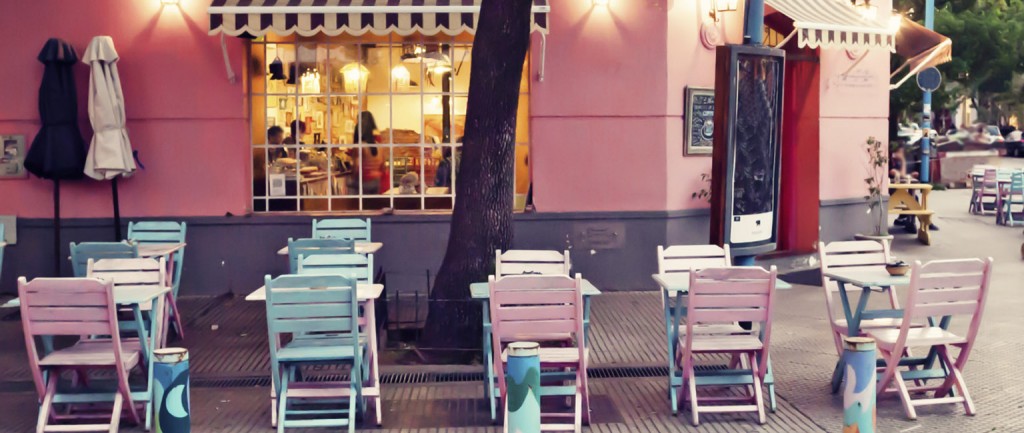5 trends in commercial property

People interested in commercial property have more choice than ever before, thanks to current trends shaping the workforce and different lifestyles.
This decade’s rise of community office hubs and pop-up shops, along with the expansion of serviced apartments and student accommodation, is providing more entry points and leasing options than ever before.
There are more entry points for investors interested in commercial property than ever.
Barriers to buying property have been lowered with income-generating real estate on offer for less than $100,000, as accommodation solutions evolve and adapt to the new ways that we live, work, shop and study.
1. Community office hubs
With entrepreneurship on the rise, so is the number of micro-businesses. This is good news for landlords with vacant shops in struggling strips.
Once the domain of home-based, working mums and dads, today’s micro-businesses are increasingly established by young, self-employed entrepreneurs who seek creativity and social contact in an office-style environment.

Community office hubs offer freelance professionals and start-ups all the IT trappings of an office in an open-plan setting that looks and feels more like a coffee shop.
Community hubs offer all the trappings of an open-plan office.
Many of them are furnished with pre-loved fittings and have a minimalist, grungy ambience favoured by younger generations.
Others cater to older or semi-retired professionals who don’t want to travel far from home. This style of hub is springing up in lifestyle suburbs that sea or tree changers shift to once their families have grown up and moved on.
Rather than leasing to tenants, owners of premises housing the hubs offer memberships, which vary in price depending on whether an individual uses a space casually or every day.
Landlords offer memberships instead of leases to support flexible workers.
Read more: Share space shaking up service office market
2. The rise of the pop-up shop
Consumer spending habits have transformed enormously. Large and small retailers have felt the brunt of an explosion in online shopping and their landlords have not escaped the pain.
But short-burst retail has emerged to provide a novel, win-win solution for landlords with untenanted premises.
Short-burst retail offers a win-win solution for landlords seeking tenants.
The shops are temporary and often trade for no more than a month or so. This sense of here today, gone tomorrow is believed to encourage shoppers to spend now before the outlet disappears.

Source: thestorefront.com
Generally the fittings are sparse as the focus is on the product being sold. Fashion designers and artisans in particular use pop-ups to take advantage of the busiest times in the retail calendar.
Start-up retailers who want to understand a location before committing to a long lease, whose products are not stocked elsewhere or who just want to test the market demand for their wares are finding this model appealing.
For landlords with vacant sites it is a boon because it means they earn rental income, even if it is just for a few weeks. Pop-up shops can be found in areas of high foot traffic but not necessarily in busy shopping strips, such as a vacant building near a station or school.
Read more: Pop-up shops – it’s all about location
3. Catering to the corporate traveller
Travelling business people and contractors on extended visits are being treated to better accommodation than ever before.
Many working for large local or international companies are no longer confined to motel rooms, but can enjoy the creature comforts offered by a contemporary, serviced apartment in a resort-style complex with office facilities. The apartment developers sell individual or groups of one, two or three-room units as strata-style investments, often to mum-and-dad investors or retirees.

Rent is provided by corporate travelers who need long or short-term lodgings near CBDs, airports, major universities and hospitals, regional capitals, remote but expanding mining centres or anywhere there is growing business activity.
While holiday serviced apartments have been around for decades, this reinvention to cater for corporate travelers is providing a model with more stable cash-flow for the investor.
To understand how this model is expanding, you just need to look at one of the biggest developers, Quest Apartments, which has 150 locations around Australia and is growing its portfolio with up to four new sites each year.
The serviced apartments scene is outperforming the rest of the industry.
Business analytics firm IBISWorld recently reported the serviced apartments industry has been the strongest performer in the accommodation scene for the past decade. It is set to continue growing at a rate above 3% a year. Recent estimates of the industry’s revenue indicate a figure of $3 billion a year.
4. Student accommodation
Educating international students in Australia is the nation’s fourth-largest export earner at more than $14 billion a year. More than 500,000 foreign students are educated in Australian universities and schools. This is estimated to grow to more than 600,000 by 2019.
There are 59 businesses offering accommodation for overseas students and some of these sell studios to private investors, who in turn collect rent.
Graham O’Callaghan of Unilodge, which is one of the biggest student housing companies, says the market is very strong and growing at around five per cent a year. All Unilodge sites near major Australian universities are full, with occupancy rates dipping to a still-healthy 97% at other sites.
“There is a lot of cash-flow in this business and we have found that appeals to many retirees who have bought our studios through their superannuation funds,” O’Callaghan says.

He estimates that once management and owners corporation fees are deducted, net returns of between 6 and 7% are being achieved. Investors can buy a studio to rent for as little as $170,000 with bigger units selling for around $330,000. When the time comes to sell, owners can appoint their own independent real estate agency to carry out the transaction.
Net returns of between 6 and 7% can be expected.
5. Asian buyers turn up the heat
Investors from China, Singapore, Malaysia and Hong Kong have become very active in our commercial property markets in recent years. While many are buyers of large, capital city office blocks, most are actually focusing on smaller investments in CBD retail strata, suburban shopping strip and industrial sites.
In the warehousing sector alone, foreign funds are expected to account for 12% of all purchases in 2014 – four times more than the five year average.
Most foreign investments are focusing on retail strata and industrial warehousing.
Daniel Wolman, of commercial agency Colliers International, says the majority of sales to Asian investors involve small end real estate and suggest local investors brace for an influx of foreign buyers over the next few months as they visit Australia for events like the Spring Racing Carnival.
“We expect local investors to still be active in the market next year, but we will also continue to see offshore groups flying into Melbourne in the first quarter of 2015 during the Australian Open tennis tournament and the Grand Prix and snapping up assets while they’re here,” he says.
Read more: Behaviour, bargains & understanding Chinese buyers
Source: IBISWorld







